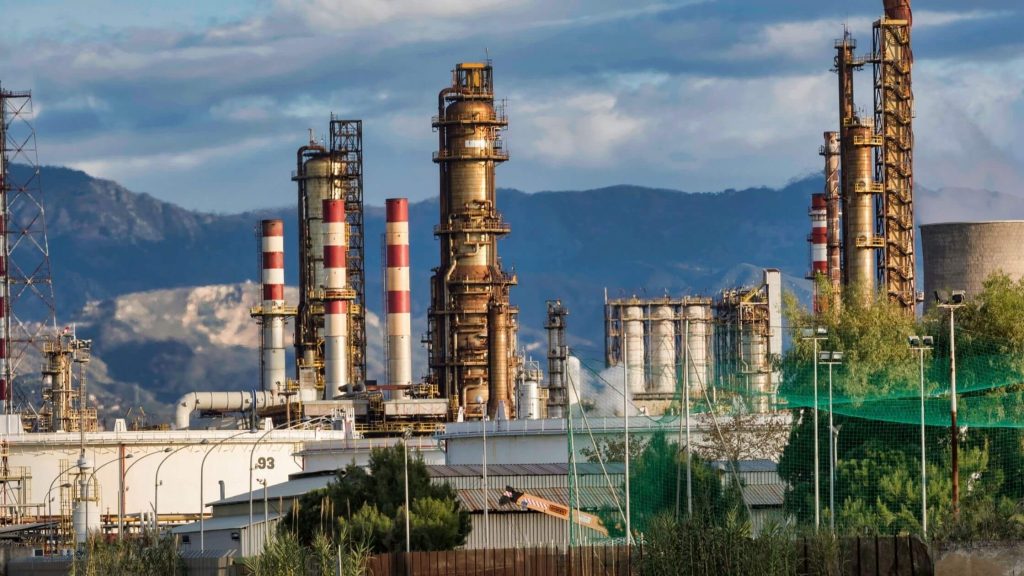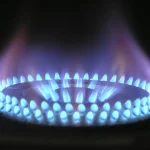“That is so because of the diversification of supply routes, the LNG terminal and domestic gas production, which has been growing,” Žamboki said at the 37th international conference of gas professionals, taking place in Opatija on 11-13 May and organised by the Croatian Gas Centre and the Croatian Gas Association.
Recalling that the government in March adopted a set of measures to alleviate the impact of rising energy prices, Žamboki said that the basic task of the regulator was to care for energy producers and protect consumers and that it would continue working on that.
The state secretary at the Economy and Sustainable Development Ministry, Ivo Milatić, said that Croatia was among leading countries in terms of the protection of households amid rising gas prices.
Speaking of the LNG terminal on the island of Krk, he said that it gave Croatia a rare kind of security, “with 800 million cubic metres of gas to enter the gas system from production in the coming year and 1.5 billion cubic metres from the LNG terminal.”
The ministry will support a further increase in the terminal’s capacity to 6.1 billion cubic metres, he said, noting that that could be achieved in three years’ time or sooner.
The director of the Okoli underground gas storage facility, Vlado Vlašić, recalled that the storage capacity had been leased for the next five years and that there was currently no interest on the part of the clients to fill the facility, but that he believed the facility would retain its role and ensure supply stability, thanks to the government’s involvement.
Vlašić said that work was underway to expand the storage capacity, which would enable the company to provide additional services in the gas business.
LNG Hrvatska director Hrvoje Krhen said that so far 2.4 billion cubic metres of natural gas had been delivered so far via the LNG terminal at Omišalj on Krk, that 28 LNG tankers had docked at the floating terminal and that around 4 million cubic metres of liquefied natural gas had been delivered.
The LNG terminal supplies gas for around 55% of the market and the gasification capacity has been expanded by an additional 300 million cubic metres of natural gas. The capacity has been fully leased until 2027, and the possibility of further expanding it is being considered, Krhen said.
Plinacro gas transport system operator Management Board member Marin Zovko announced plans for expanding the capacity for shipping gas from the terminal, increasing the capacity of the gas pipelines running to Hungary and Slovenia, and considering a project for an Adriatic gas pipeline grid and connecting to neighbouring countries, such as Bosnia and Herzegovina.
Nikola Mišetić of INA said that own gas production met around 30% of gas needs in Croatia. This year INA will invest more than one billion kuna in research and production, he said, adding that the company was also dedicated to green projects.
Before the opening of the conference, several members of the Green Action protested inside the venue where the event was taking place, carrying banners reading “Gas business is crime” and calling for turning to renewables and energy efficiency as well as reducing the need for gas as much as possible.
For more, check out our politics section.











